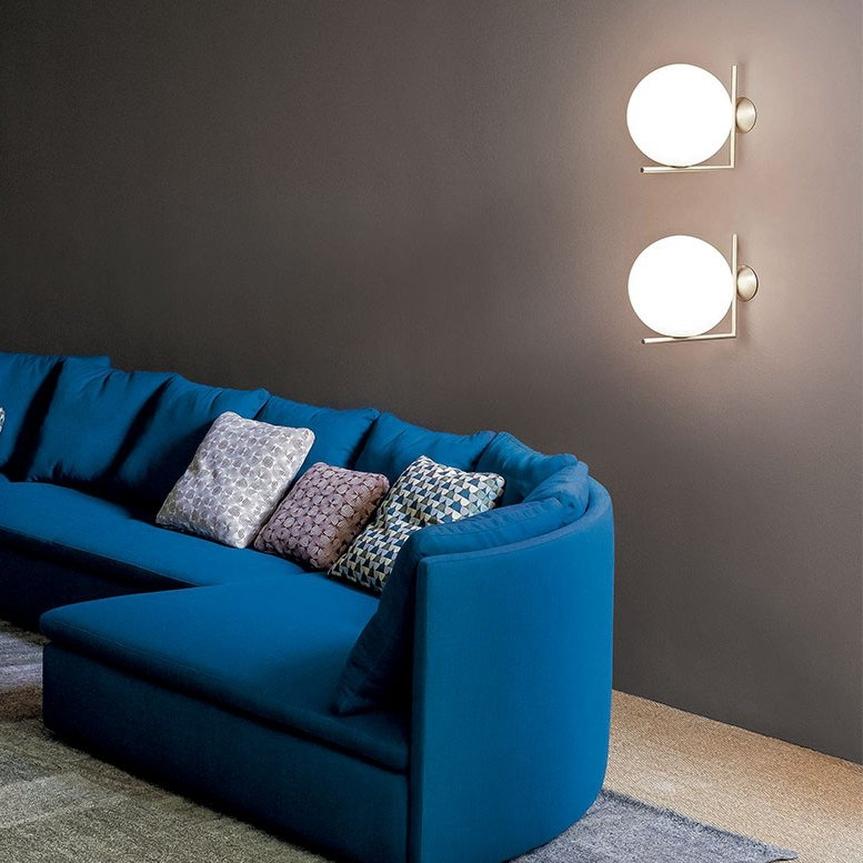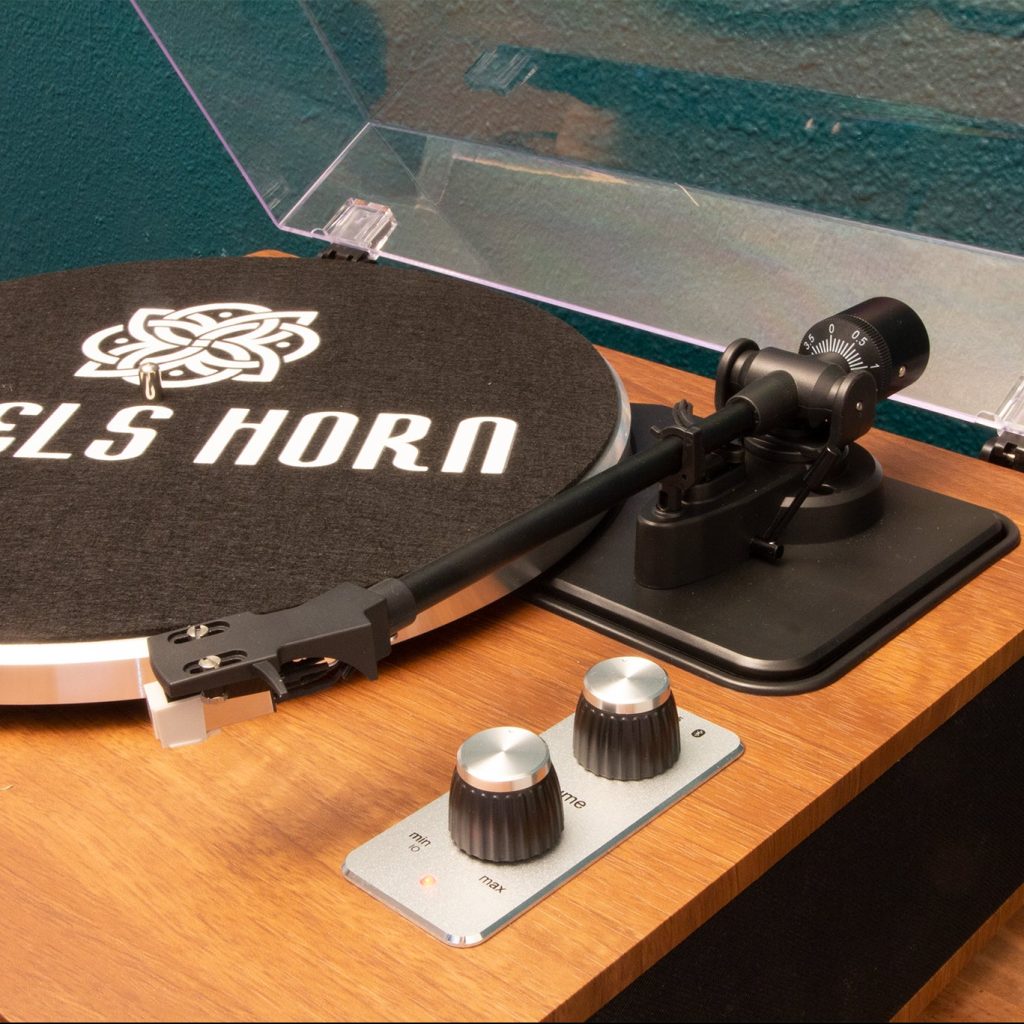Gardening has become increasingly popular in recent years, with more and more people recognizing the numerous benefits it offers. Not only does gardening provide a beautiful and tranquil space to enjoy, but it also has a positive impact on physical and mental health. Additionally, gardening is beneficial for the environment, as it promotes biodiversity and reduces carbon emissions. In this article, we will explore the various benefits of having a garden, as well as provide tips and advice on how to plan, design, and maintain your own garden oasis.
The Benefits of Having a Garden: More Than Just a Pretty Space
Gardening offers a wide range of physical and mental health benefits. Spending time outdoors and engaging in physical activity while tending to your garden can improve cardiovascular health, increase strength and flexibility, and help maintain a healthy weight. Gardening has also been shown to reduce stress levels and improve mental well-being. The act of nurturing plants and watching them grow can be incredibly therapeutic, providing a sense of accomplishment and purpose.
In addition to the personal benefits, having a garden is also beneficial for the environment. Gardens promote biodiversity by providing habitats for various plants, insects, birds, and other wildlife. They also help to reduce carbon emissions by absorbing carbon dioxide from the atmosphere. By growing your own fruits and vegetables, you can also reduce your carbon footprint by reducing the need for transportation and packaging associated with store-bought produce.
Planning Your Garden: Assessing Your Space and Budget
Before starting a garden, it is important to assess your space and budget to determine what is feasible for you. Consider the size of your outdoor space and how much time and effort you are willing to invest in maintaining your garden. If you have a small space or limited time, you may want to start with container gardening or focus on low-maintenance plants.
When choosing the location for your garden, consider factors such as sunlight exposure, soil quality, and accessibility to water sources. Most plants require at least six hours of direct sunlight per day, so choose a location that receives adequate sunlight. Assess the quality of your soil and make any necessary amendments to ensure optimal growing conditions. Finally, consider the proximity to a water source, as regular watering is essential for plant health.
Choosing the Right Plants: Tips for a Thriving Garden
Choosing the right plants for your garden is crucial for its success. Consider factors such as climate, soil type, and maintenance requirements when selecting plants. Research which plants are native to your area and are well-suited to your climate conditions. Native plants are more likely to thrive in their natural environment and require less maintenance.
It is also important to consider the specific needs of each plant, such as water requirements, sunlight exposure, and soil pH. Some plants may require more frequent watering or prefer partial shade, while others may thrive in full sun and well-drained soil. By selecting plants that are well-suited to your specific environment, you can ensure a thriving and healthy garden.
Designing Your Garden: Creating a Beautiful and Functional Space
Designing your garden is an important step in creating a beautiful and functional outdoor space. Consider both the aesthetic and functional aspects when planning your garden layout. Start by creating a focal point or centerpiece, such as a large tree or a decorative sculpture. This will anchor the design and provide visual interest.
Next, consider the flow and organization of your garden. Create pathways or walkways that lead visitors through the space and provide access to different areas of the garden. Use borders or hedges to define different sections or create privacy.
When selecting plants for your garden, consider their height, color, and texture to create visual interest and balance. Choose a variety of plants with different bloom times to ensure year-round color and interest. Finally, consider adding elements such as trellises, arbors, or pergolas to add vertical interest and create a sense of enclosure.
Water Features: Adding Tranquility and Serenity to Your Garden

Adding water features to your garden can enhance the overall ambiance and create a sense of tranquility and serenity. The sound of running water can be incredibly soothing and can drown out noise from nearby traffic or neighbors. Water features also attract birds and other wildlife, adding to the biodiversity of your garden.
When selecting a water feature, consider the size and scale of your garden. A small fountain or birdbath may be suitable for a small space, while a larger pond or waterfall may be more appropriate for a larger garden. Consider the maintenance requirements of the water feature, as some may require regular cleaning or maintenance.
Lighting Your Garden: Creating a Magical Atmosphere
Proper lighting is essential for creating a magical atmosphere in your garden. Lighting not only enhances the beauty of your garden but also extends the usability of outdoor spaces into the evening hours. Consider both functional and decorative lighting when designing your garden.
Functional lighting should be used to illuminate pathways, steps, and other potential hazards. This will ensure safety and allow you to navigate your garden at night. Decorative lighting can be used to highlight focal points, such as trees or sculptures, and create a warm and inviting atmosphere.
When selecting lighting fixtures, consider the style and theme of your garden. Choose fixtures that complement the overall design and reflect your personal style. LED lights are a popular choice for outdoor lighting, as they are energy-efficient and have a long lifespan.
Garden Maintenance: Keeping Your Oasis in Top Shape
Regular garden maintenance is essential for keeping your oasis in top shape. This includes tasks such as watering, weeding, pruning, and fertilizing. It is important to establish a regular maintenance routine to ensure that your plants stay healthy and your garden remains beautiful.
Watering is one of the most important tasks in garden maintenance. Most plants require regular watering, especially during hot and dry periods. It is important to water deeply and infrequently, rather than shallowly and frequently, to encourage deep root growth.
Weeding is another important task in garden maintenance. Weeds compete with your plants for nutrients, water, and sunlight, so it is important to remove them regularly. Mulching can help suppress weed growth by blocking sunlight and preventing weed seeds from germinating.
Pruning is necessary to maintain the shape and health of your plants. Regular pruning helps promote new growth, improve air circulation, and remove dead or diseased branches. Fertilizing is also important to provide essential nutrients to your plants. Use organic fertilizers to promote healthy soil and minimize environmental impact.
Garden Decor: Adding Personal Touches to Your Space
Adding personal touches to your garden is a great way to make it feel like your own. Garden decor can include items such as sculptures, statues, bird feeders, wind chimes, or decorative planters. Choose decor that reflects your personal style and complements the overall design of your garden.
Consider incorporating elements that have sentimental value or tell a story. This could be a family heirloom, a piece of art created by a loved one, or a souvenir from a special trip. These personal touches will make your garden feel unique and meaningful.
Garden Furniture: Creating a Relaxing and Comfortable Area
Garden furniture is essential for creating a relaxing and comfortable outdoor space. It provides a place to sit and enjoy your garden, entertain guests, or simply relax with a book. When selecting garden furniture, consider both comfort and durability.
Choose furniture that is weather-resistant and can withstand the elements. Materials such as teak, wrought iron, or aluminum are popular choices for outdoor furniture due to their durability. Consider adding cushions or pillows for added comfort.
Arrange your furniture in a way that encourages conversation and interaction. Create different seating areas or zones to accommodate different activities, such as dining or lounging. Consider adding shade structures, such as umbrellas or pergolas, to provide relief from the sun.
Enjoying Your Garden: Making the Most of Your Outdoor Space
The ultimate goal of having a garden is to enjoy it and make the most of your outdoor space. Spend time in your garden regularly, whether it’s for gardening tasks, relaxation, or entertaining. Take the time to appreciate the beauty and tranquility of your garden and connect with nature.
Create opportunities for outdoor entertaining by adding a dining area or a barbecue grill. Invite friends and family over for a meal or a gathering in your garden. Consider adding amenities such as a fire pit or an outdoor kitchen to enhance the functionality of your outdoor space.
Take advantage of your garden for relaxation and self-care. Set up a hammock or a comfortable lounge chair where you can unwind and enjoy the peace and quiet of your garden. Practice yoga or meditation in your garden to further enhance the mental health benefits.
In conclusion, gardening offers numerous benefits for both individuals and the environment. It provides physical and mental health benefits, promotes biodiversity, and reduces carbon emissions. By planning, designing, and maintaining your own garden oasis, you can create a beautiful and functional outdoor space that reflects your personal style and enhances your quality of life. So grab your gardening tools and get started on creating your own little piece of paradise!









